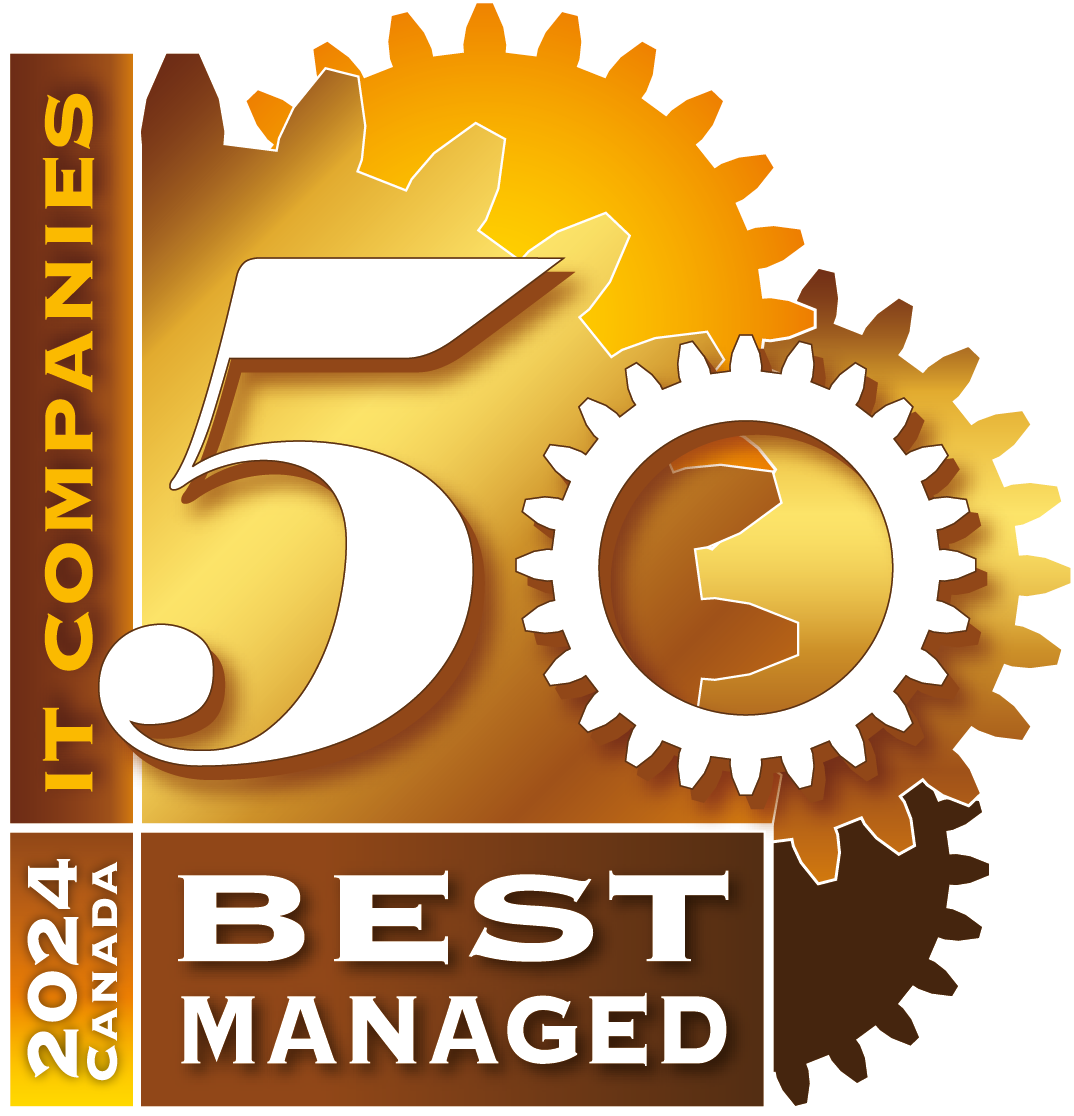
What Is an IT Strategy?
Here’s a concise IT strategy definition: it is a plan of the company’s intentions related to the use of technology and how these goals and objectives align with the wider business strategy. Effective IT strategies provide a clear direction for the actions a business needs to take for IT to become and remain a complementary facet of business success.
A long-term information technology strategic plan should be both high level and detailed in its scope so that it can be understood by non-IT executives and hands-on IT experts alike.
| Accepting Pushback on IT Initiatives Means Letting Your Business Down
Find out we help decision-makers like yourself align IT with business objectives, build stakeholder buy-in, and make the IT vision a reality. |
What Is an IT Strategy Supposed to Include?
An IT strategic plan should provide guidance on how to:
- Improve business processes
- Cost-effectively maintain IT systems
- Best support the business by capitalizing on the technology opportunities that have the most potential
It should also include a plan to measure the success of the actions, such as tracking cost savings, service level improvements, and revenue growth.
In today’s digital-first economy, an ironclad IT strategy can be the difference between runaway success and failure, which is why nowadays so many businesses place it right at the top of their list of strategic considerations.
Building an effective, long-lasting IT strategy, however, is not always easy, so here is a step-by-step guide to help you get started on putting together an enduring IT plan for your business.

Building an Effective Strategy for Information Technology
1. Match Up IT and Business Goals
IT executives must be careful to ensure their strategy aligns with that of the wider business. With all the exciting hardware and software on the market today, it’s easy to get carried away with IT and lose sight of what all that technology really means for the business.
Staying in touch with corporate strategies means engaging with both senior leaders and employees on the frontline and seeking feedback for how IT is serving the company.
If the IT strategy is working, non-IT executives should understand the high-level IT plan and know how each project supports business goals. More importantly, you should be able to prove that there is a tangible impact from the IT strategy in areas such as customer satisfaction, profitability and operational efficiency.
2. Assemble the IT Team and Know Your Resources
Before creating an IT strategy, you should:
- Know what internal and external personnel
- Know the resources you have at your disposal
- Prepare an information technology strengths and weaknesses list
When assembling your IT team, you need to think about the level and areas of expertise you will need, and if necessary present a business case to the executive leadership team for why you need to expand and upskill the IT department.
Part of this step is determining whether you will build an in-house IT team or outsource your IT operations to an IT service provider. While there are benefits to creating a full-fledged in-house IT team, it can be expensive and inflexible. IT partners offer ready-made teams and only charge you for the services you need.
| Call-out/Tip
You will also need to get a sense of your budget to understand how much you can afford to spend on the business’s IT strategy. If you are able to create a compelling business case for strong IT investment, it’s more likely you will get the cash you are asking for. |
3. Define the Vision Behind the IT Strategy for Business
Even the most ambitious IT budgets will not give you enough funds and resources to go all-out and capture every conceivable opportunity. Therefore, you need to craft an IT vision that identifies major goals and the strategy to achieve them by best using the available resources.
The other thing to bear in mind is that trying to stick rigidly to an IT strategy in the face of evolving market conditions and business needs is a fool’s errand. The IT vision will give you a general guiding light to move towards while keeping your activities flexible for ad hoc projects.
If you’re struggling to define a strategic IT vision, try to imagine the best possible outcomes from the business using technology to go after its objectives. Is there a long-term opportunity to create a new revenue stream? Could you create a streamlined cloud environment? Is there an opening to implement a real-time source of truth? Try to focus on large-scale, big picture goals.
4. Create a Durable, Lasting IT Plan

A long-term focus prevents the business from being too fixated on the present day and gives the team higher ambitions to aim for, keeping staff motivated and empowered with a clear direction. It takes time and perseverance to pull off a multi-faceted IT strategy, and having a plan to stick to makes the challenge more manageable.
5. Create a Roadmap Aligned With Your Strategy
All good IT strategies come with a roadmap that provides milestones, targets and a structure for innovation, implementations and goals. The roadmap should provide a technical overview of the maturity of the application and network infrastructure, and data centers, so you can keep track of progress as the plan unfolds over multiple years.
The roadmap can be thought of more as a reference for IT experts than business leaders and can be the repository for the more technical aspects of the IT strategy and what is required from the perspective of architecture improvement.
6. Create the Framework for IT Management
A major part of an IT strategy alongside implementations and innovation projects is determining how the business’s technology will be managed. This includes defining aspects such as the maintenance schedule, a project management framework and roles and responsibilities.
The goal here is to make IT management a well-oiled machine. The more seamless you can make day-to-day operations by building a strong management framework, the more time and energy there will be to focus on value-added initiatives.
| Is This Part of Your IT Strategy? |
7. Get Sign-off From the Leadership Team
With the IT strategy prepared, it’s time to get the go-ahead from the senior executive team. If your strategy is well thought out and aligned with business goals, you should be confident that it will get signed off.
Sure, there may be some tweaks to the budget and timelines, but it will be a green light if you’ve done the work in understanding how IT can best serve the business.
When you get the sign-off, you can begin the exciting process of sharing the strategy across the organization and getting your IT team and service provider ready for the long road ahead.
Create a Future-Forward Information Technology Strategy With Fusion Computing
As one of Toronto’s most experienced managed IT service providers, Fusion Computing has been trusted to help businesses across the GTA create IT business strategies that stand the test of time. Contact us today to learn more about putting together a highly effective and durable IT plan.
